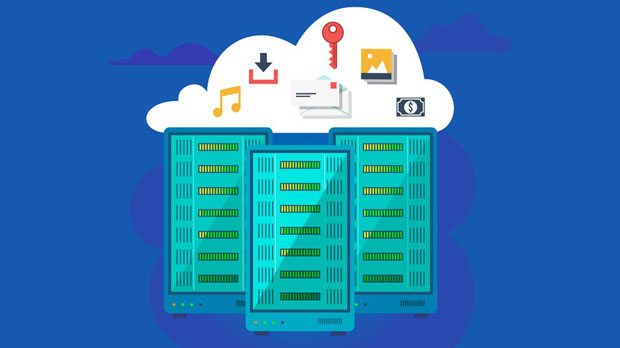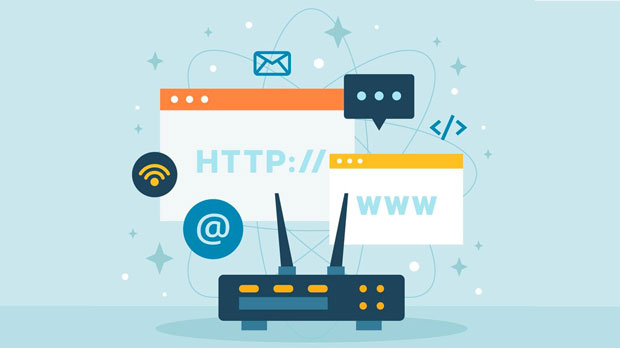In recent years, dynamic proxy technologies have become increasingly essential for ensuring internet security and efficient data transmission. Among various proxy tools, PYPROXY and MiniProxy stand out for their unique capabilities in providing intelligent proxy switching. But which one excels in terms of switch intelligence? Specifically, under dynamic proxy settings, is PyProxy truly ahead of MiniProxy? This article will compare the key features of both tools, analyzing their intelligent switch functionality, ease of integration, and real-world application effectiveness. Through in-depth analysis, we aim to provide insight into which tool is better suited for today's complex networking environments. Introduction: The Role of Dynamic Proxy SwitchingDynamic proxy switching is a method used to maintain connection stability and privacy by periodically changing the IP address or proxy server being used. This is especially critical in environments requiring high availability and security, such as data scraping, web crawling, or bypassing geo-blocked content. Proxy tools like PyProxy and MiniProxy rely on algorithms that dynamically switch proxies based on factors such as server load, geographical location, or network latency. These tools are also designed to optimize the user experience by minimizing disruptions while ensuring data privacy and connection reliability.Both PyProxy and MiniProxy offer robust solutions in dynamic proxy switching. However, there are key differences in how they operate. To determine which of these two is more intelligent in its switching mechanism, we must look at how they perform in terms of their algorithms, adaptability to various environments, and ease of use.PyProxy: Key Features and Intelligent SwitchingPyProxy is an advanced proxy tool known for its flexibility and intelligent proxy switching capabilities. One of its standout features is the use of machine learning algorithms that analyze network conditions in real-time to make informed decisions about when to switch proxies. PyProxy monitors various performance metrics, such as proxy response time, server availability, and network congestion. Based on these metrics, it can automatically and seamlessly switch to a more optimal proxy without interrupting the user's ongoing tasks.One of the critical advantages of PyProxy is its ability to learn and adapt to user-specific needs. For example, if the user frequently accesses certain websites or regions, PyProxy can prioritize proxies that offer better connectivity to these destinations, improving the overall browsing experience. Additionally, PyProxy offers users more control over their proxy configurations. It allows them to set preferences for certain proxies based on speed, location, or reliability, making it a highly customizable solution.The smart switching mechanism in PyProxy also includes failover features, ensuring that if one proxy becomes unresponsive or slower than expected, it will quickly switch to a backup proxy without noticeable downtime. This level of intelligence helps PyProxy remain highly effective in dynamic network environments where reliability is key.MiniProxy: Simple Yet Effective Proxy SwitchingMiniProxy, on the other hand, is a simpler tool that also provides dynamic proxy switching, but its switching algorithm is not as sophisticated as that of PyProxy. While MiniProxy can rotate proxies based on user-configured schedules or a set of predefined rules, it lacks the advanced machine learning capabilities that PyProxy offers. Instead, MiniProxy relies on static rules and manual configurations for proxy rotation, making it less flexible and adaptive in real-time network conditions.Despite these limitations, MiniProxy still provides efficient performance in scenarios where highly dynamic switching is not a priority. For instance, in cases where the proxies are relatively stable, and the need for continuous monitoring is low, MiniProxy is more than adequate. It offers an easy-to-use interface and is straightforward to configure, making it a good choice for users who do not require the complex functionality found in PyProxy.However, MiniProxy does not adapt to network fluctuations as intelligently as PyProxy. For example, if one proxy server starts lagging or becomes unreliable, MiniProxy does not automatically switch to a better server unless the user has pre-programmed it to do so. This makes MiniProxy less suitable for high-performance or high-security environments, where proxy switching needs to be both fast and intelligent.Comparative Analysis: PyProxy vs. MiniProxyTo determine whether PyProxy’s dynamic switching is indeed ahead of MiniProxy, it’s important to consider the tools from several angles: flexibility, intelligence, adaptability, and use case scenarios.- Flexibility: PyProxy offers more flexibility through its machine learning algorithms, which allow it to dynamically assess and react to changing network conditions. This adaptability gives PyProxy a clear edge over MiniProxy, which is more rigid and dependent on pre-configured settings. - Intelligence: In terms of intelligent proxy switching, PyProxy outperforms MiniProxy. PyProxy uses real-time data to make decisions about when and how to switch proxies, whereas MiniProxy operates primarily on static rules and manual inputs. This makes PyProxy a better choice for environments that demand high availability and low latency.- Adaptability: PyProxy excels in environments that experience fluctuating network conditions, such as cloud computing or large-scale data collection. MiniProxy, on the other hand, works best in more stable environments where proxies do not need constant monitoring or adjustment.- Use Case Scenarios: For individuals or businesses that need highly adaptive, reliable, and intelligent proxy switching, PyProxy is the superior option. Its real-time analysis and machine learning capabilities make it ideal for tasks like web scraping, content localization, or data-intensive applications. On the other hand, MiniProxy remains a solid choice for simpler use cases where ease of use and minimal configuration are more important than advanced features.Conclusion: Which Tool is Best for You?Both PyProxy and MiniProxy offer valuable solutions for dynamic proxy switching, but their effectiveness largely depends on the complexity of the environment and the specific needs of the user. PyProxy’s advanced machine learning-driven intelligence makes it the more powerful and adaptable tool, especially for users who require fast, real-time proxy switching in dynamic network conditions. In contrast, MiniProxy provides a simpler and more accessible option for those with less demanding proxy needs.Ultimately, if your work requires high-performance, real-time decisions about proxy rotation based on fluctuating network conditions, PyProxy is the clear winner. However, for users seeking a straightforward, easy-to-implement solution for less dynamic environments, MiniProxy remains a strong contender.In conclusion, PyProxy is indeed ahead of MiniProxy in terms of intelligent proxy switching under dynamic proxy settings. It is the better choice for anyone looking for flexibility, speed, and adaptability in their proxy management.
Sep 04, 2025


































































